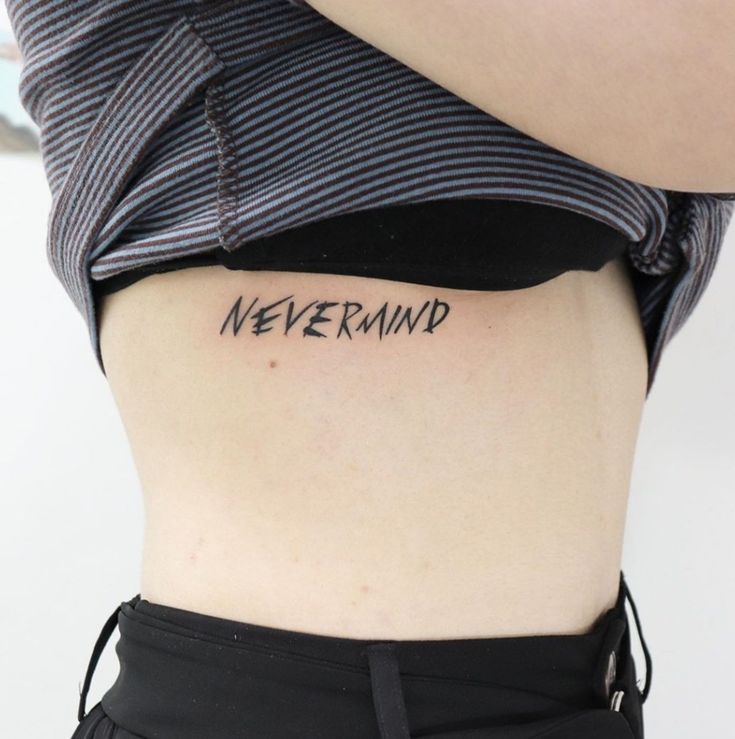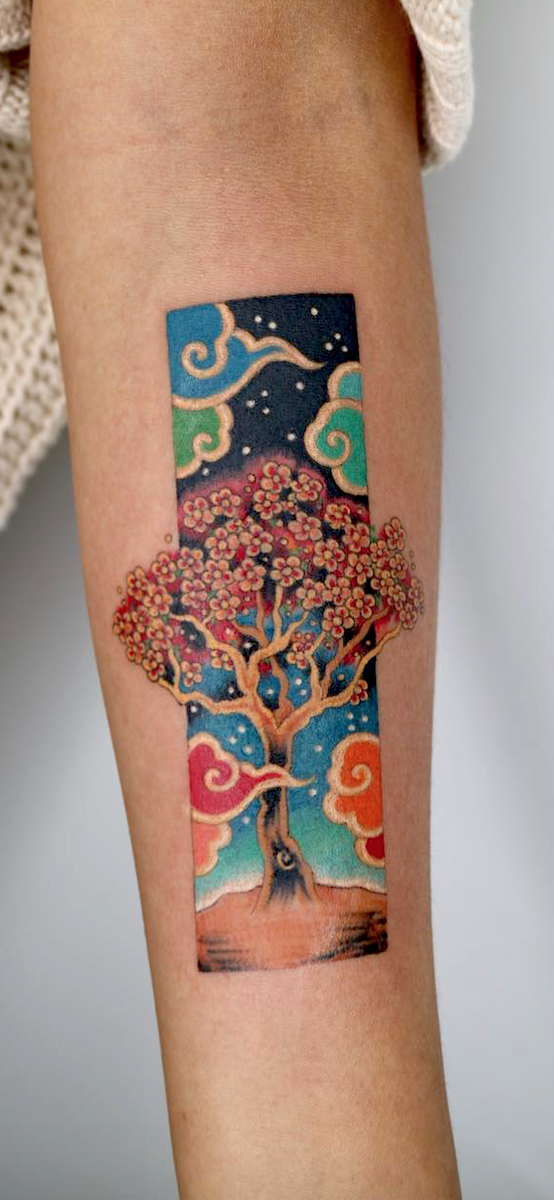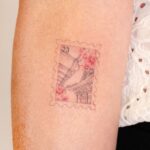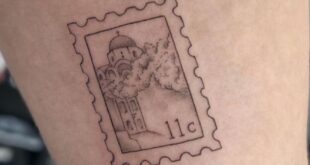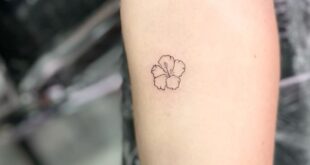Tattoos have been a part of Korean culture for centuries, with a rich history dating back to ancient times. In Korea, tattoos were traditionally seen as a symbol of strength, bravery, and achievement. They were often reserved for warriors, criminals, and security personnel, as a way to showcase their status or skills.
However, over time, tattoos in Korea began to be associated with rebellion and defiance. During the Joseon Dynasty, tattooing was banned by the government, and those found with tattoos were often punished or ostracized from society. Despite the ban, tattooing continued to thrive underground, with many Koreans opting to get tattoos in hidden places to avoid detection.
In recent years, there has been a resurgence of interest in tattoos in Korea, with more and more young people opting to get inked as a form of self-expression. This trend can be attributed to the influence of Western culture, as well as the growing acceptance of tattoos in mainstream society.
Korean tattoos often feature traditional Korean symbols and motifs, such as dragons, tigers, and plum blossoms. These designs are often intricate and colorful, reflecting the rich cultural heritage of Korea. Many people also opt for tattoos of Korean words or phrases, as a way to showcase their heritage or identity.
Despite the growing popularity of tattoos in Korea, there is still some stigma attached to them, particularly in more conservative circles. Many companies still have policies against visible tattoos, and some public spaces may still frown upon them. However, attitudes towards tattoos are slowly changing, with more people viewing them as a form of art and self-expression rather than a symbol of rebellion.
Overall, tattooing in Korea is a complex and vibrant industry, with a long and storied history. As attitudes towards tattoos continue to evolve, more and more Koreans are embracing this ancient art form as a way to express themselves and celebrate their heritage.
 innstyled Tattoo Ideas
innstyled Tattoo Ideas

